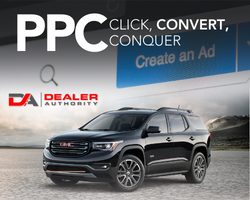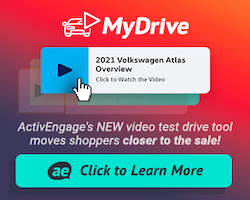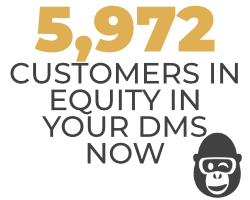I approached a Sales Manager today and asked him, “When developing a philosophy on how you negotiate your deals, can you have both gross profit and gross sales?” And his answer was yes. But I have to ask, how?
If you concentrate on Gross Profit, you’re not going to take a lot of skinny deals which will keep your gross profit per deal high and sales volume lower. And if you concentrate on Gross Sales, you’re going to be taking a lot of skinny deals which is going to make your gross profit per deal less, but increase your volume.
It seems the same approach is taken for developing an internet department. Are you going to concentrate on Gross Sales and give away profitability on internet deals, or are you going to concentrate on Gross Profit, and work every deal like a showroom customer? It seems to me like you can’t have both, and you need to make a decision on your negotiating philosophy.
Unless you decide, dealerships tend to run into this problem. The dealer will tell the Sales Manager he/she needs to increase sales. So he takes more skinny deals, and the dealer complains that he isn’t making enough gross. This will happen because the philosophy on running the department hasn’t been set so everyone is singing off the same song sheet.
What do you think? Can you have both, and if so, how?









